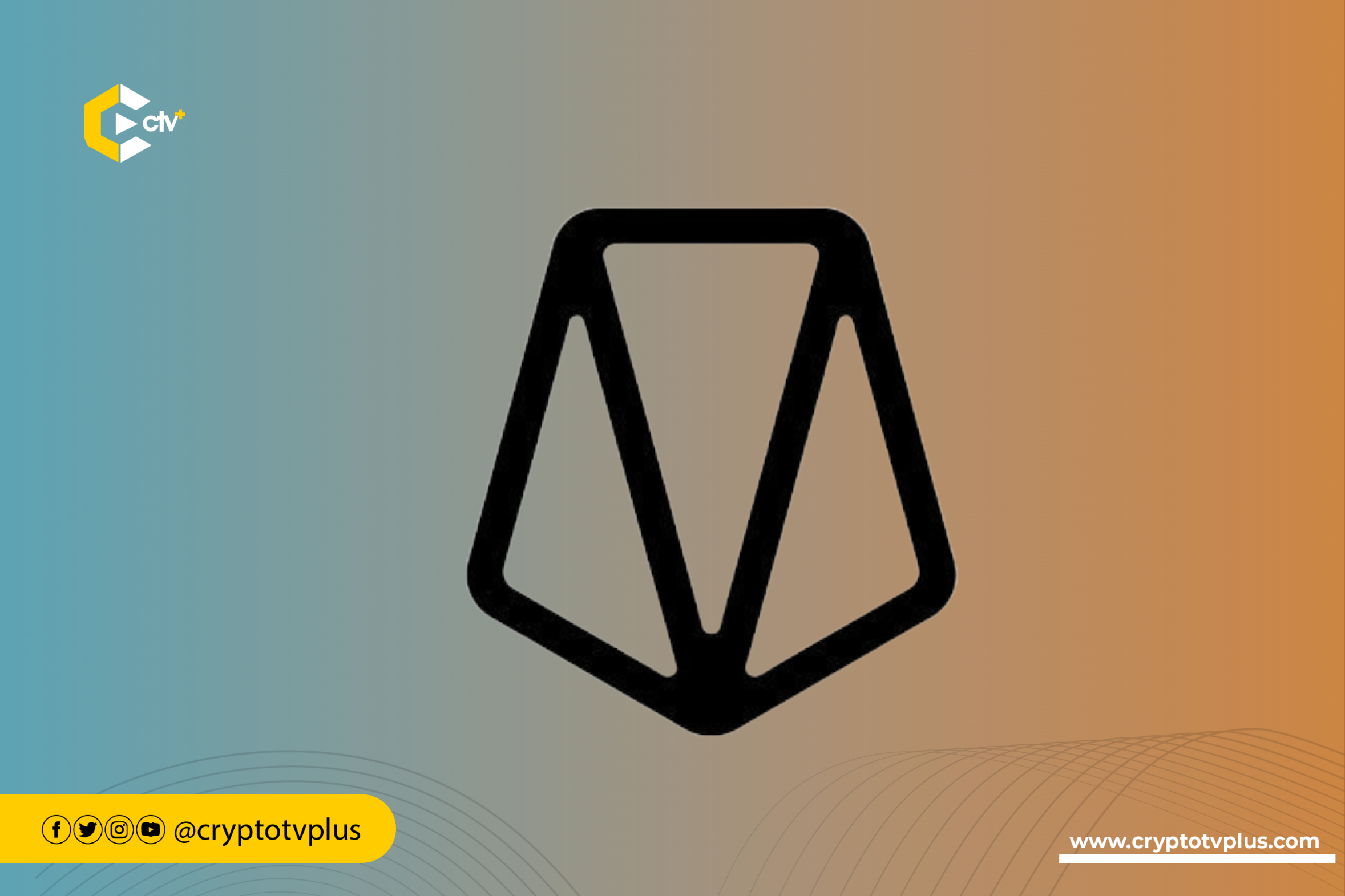News
EOS Network approves proposal to cap total supply at 2.1 billion

The EOS Network has approved a new tokenomics proposal which will see the implementation of new mechanics for the project. The EOS Network Foundation CEO, Yves La Rose, made this known in an X post days after the voting for the proposal kicked off.
This decision heralds a new era for the $EOS cryptocurrency as it introduces several important changes designed to improve its economic model and long-term viability.
EOS aims to provide a scalable, secure, and efficient infrastructure for decentralized applications (dApps) and services. EOS Web3 is built on top of the EOSIO blockchain, which consists of several key components.
According to the publication detailing the proposal, the proposed changes will be carried out in two distinct phases. In the first phase, the total supply of EOS tokens will be capped at 2.1 billion.
This means that no more EOS tokens will be created beyond this limit, effectively fixing the maximum number of tokens in circulation. This cap can help maintain the value of the tokens by controlling inflation and providing certainty about the total number of tokens available in the market.
The proposal includes the introduction of vesting schedules for network custodians, such as EOS Block Producers. This means these custodians will receive their EOS tokens over some time, rather than all at once, which helps ensure their long-term commitment to their roles and aligns their interests with the success of the network.
In case you missed it: Terraform Labs and its co-founder Do Kwon have reached a preliminary agreement with the U.S. Securities and Exchange Commission (SEC) to settle civil fraud charges
Additionally, EOS plans to allocate funds for specific purposes. A total of 35 million EOS will be used to purchase RAM (Random Access Memory), a crucial resource in the EOS network used for running decentralized applications (dApps).
This allocation aims to ensure sufficient RAM availability to support network operations and user needs. Furthermore, 315 million EOS will be allocated for RAM market making.
Market making involves buying and selling assets to provide liquidity, and by participating in the RAM market, EOS intends to stabilize prices and improve liquidity. This helps ensure that users can buy and sell RAM as needed, fostering a more stable and efficient ecosystem.
Once these measures are implemented, they will form the foundation for the second phase of the changes. This second phase includes the introduction of EOS staking rewards and a more flexible distribution of system fees.













7 Comments